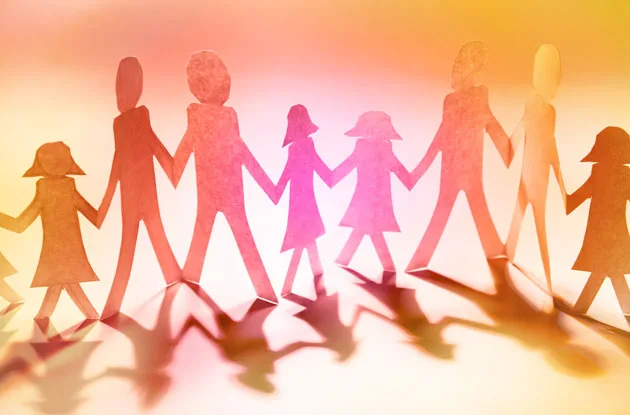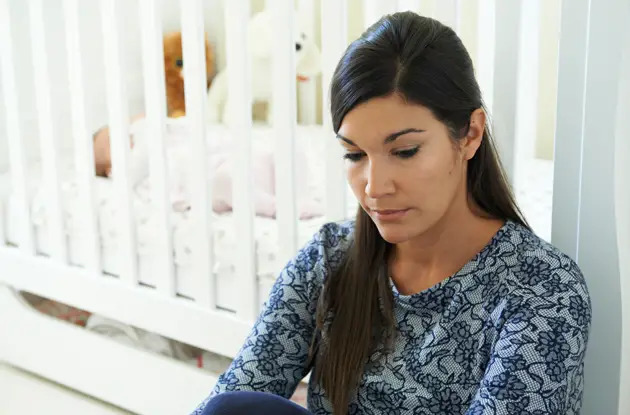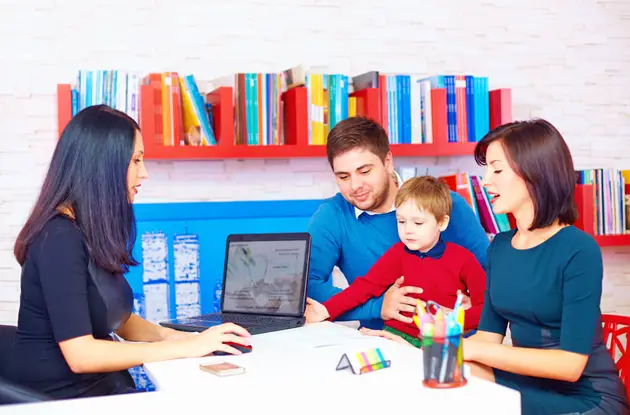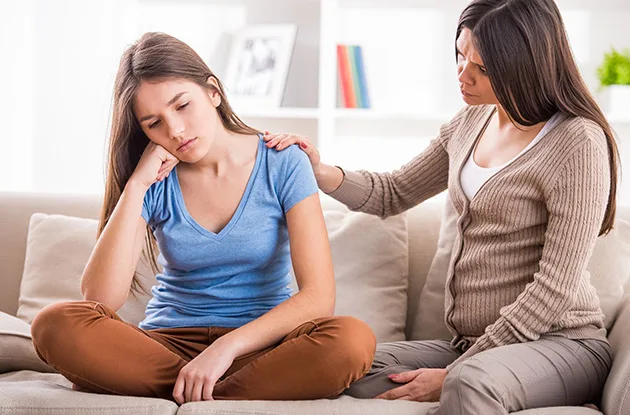Young people need help—not a message—that self-injury is okay or even glamorous.
Most of the worry swirling around kids and social media these days involves bullying—kids doing hurtful things to other kids on sites like Facebook. But on YouTube the most disturbing phenomenon is kids doing hurtful things to themselves, and sharing the videos.
A study in the March 2011 issue of the Journal of the American Academy of Pediatrics highlighted these often graphic videos of adolescents engaging in what we as clinicians call “self-injury” and kids call “cutting”—on camera. Cutting is hardly new; the frightening 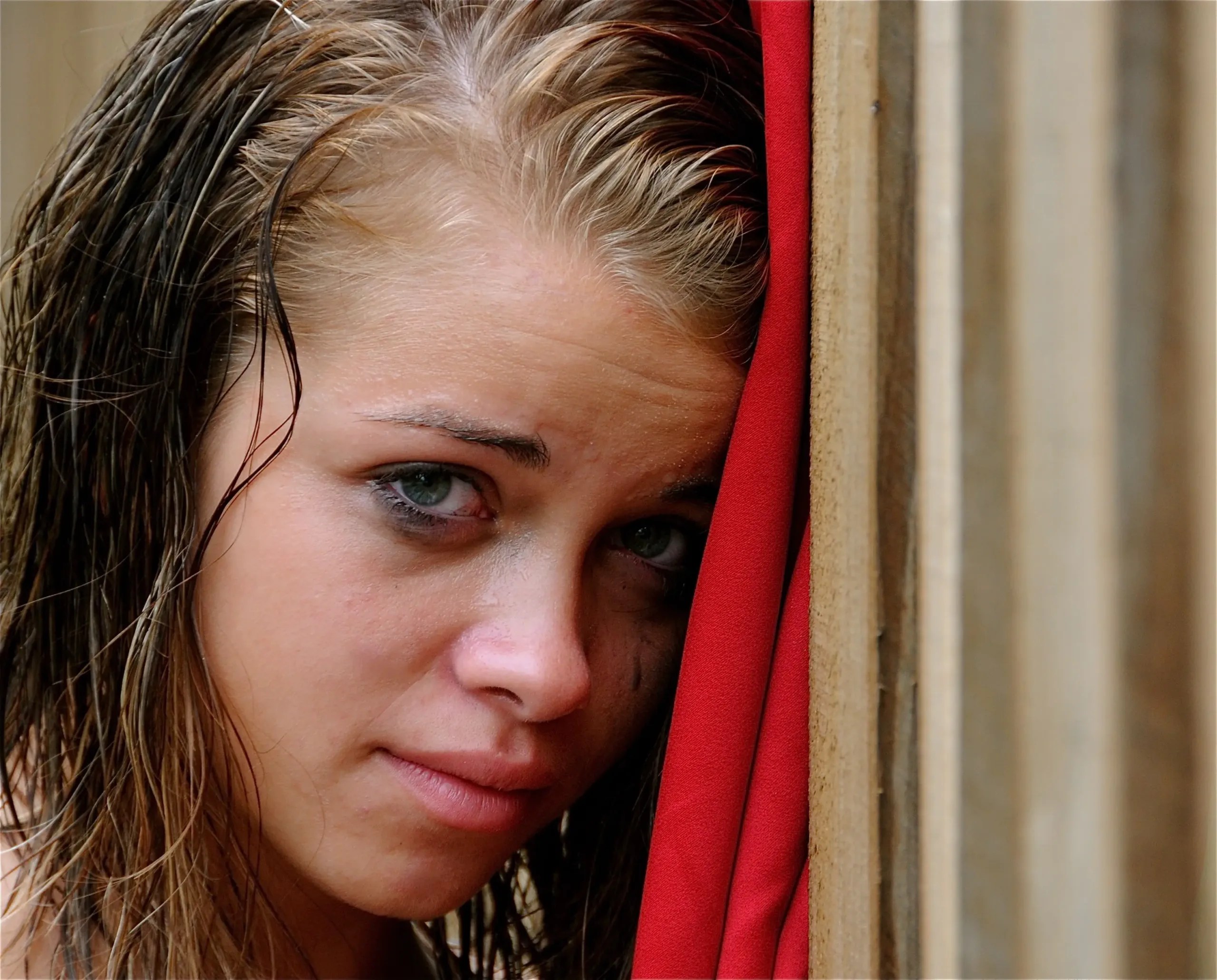 truth is that as many as one out of four teens and adolescents self-injures. The new concern is that these videos have the effect of normalizing self-injuring behavior and therefore triggering or encouraging it.
truth is that as many as one out of four teens and adolescents self-injures. The new concern is that these videos have the effect of normalizing self-injuring behavior and therefore triggering or encouraging it.
Under pressure, YouTube said it would consider monitoring and removing the worst offenders, and noted that its site already has policies against graphic content and content that encourages dangerous activities. It relies on viewers to flag questionable videos, and self-injury videos are among those that have been removed.
But as recently as last week, when I logged on to YouTube and typed in “cutting, self-harm,” the very first video to come up was a highly stylized, lengthy music video of a young girl cutting herself with a razor, a scalpel, and a pair of scissors. It was all done in black and white, save for the occasional shots of blood spilling down into a bathroom sink. As of that date the video had 18,241 views. And while it’s tagged “caution, might TRIGGER,” for some self-injurers, that only makes it more inviting. In one instance, YouTube asked me to click on a box saying that I was 18 before it let me get to the graphic videos. But a 10-year-old could have done the same. I’m not sure why they think the honor system is appropriate here.
Some teens say these videos, and the communities that form in the comments that follow them, give them a sense of support that they have never felt before. But that, too, can be dangerous, like alcoholics at a bar talking about how they’d like to stop drinking. Self-harm—defined as any repetitive, socially unacceptable behavior resulting in mild to moderate physical injury, without suicidal intention—is actually addictive. Catch it before the cutter has performed 10 self-harming acts and the prognosis is significantly better. After that, it’s no longer just a behavior but a real addiction.
So what makes digging into their skin with sharp objects attractive to adolescents? Pain. Both the kind they want to get rid of and the kind cutting causes them.
Self-injury usually comes in two flavors. On the one hand, a cutter can be so depressed or anxious that she’s numb to her own emotions; she doesn’t feel anything. In that case, cutting gives her a sense of being alive-to feel the pain is to feel something. This is common in cases of sexual abuse or severe depression. On the other hand, a cutter may do it because she is overwhelmed by painfully severe anxiety or depression, and the physical pain she gets from cutting alleviates the negative emotion.
According to my colleague Dr. Jerry Bubrick, an expert on anxiety disorders, the primary trigger for cutting is perceived rejection: By a boyfriend, a peer group, a general feeling of being left out or criticized. Other common causes include anger, depression, fear, numbness, irritability, loneliness, traumatic memories, interpersonal conflict-and copycat behavior. Like watching a graphic YouTube video.
If the emotion is strong enough, any sharp implement, or more than one, will do: broken glass, knives, scissors, paper clips, pencils. And it’s not uncommon for the cutter to carve self-deprecatory words into her skin: “ugly,” “worthless,” “bad.”
So what can we as adults—parents, teachers, pediatricians, camp counselors—do to help? Watch for the signs. Risk factors include not just a history of psychiatric illness (such as an eating disorder) but a tendency toward perfectionism, frequent interpersonal conflict, impulsivity, and risk-taking behaviors. Often we’ll see symptoms of depression, anxiety, or post-traumatic stress disorder in kids who are self-injuring.
Red flags include talking about self-injury, suspicious-looking scars, wounds that don’t heal or get worse, cuts on the same place, increased isolation, possession of tools such as shards of glass, wearing long-sleeved shirts in warm weather, avoiding social activities, wearing a lot of band aids, and refusal to go into the locker room or change clothes in school.
And finally, what shouldn’t we do if we find a child who is self-injuring? This is a child in pain. Do not make her feel worse by making her ashamed. Don’t judge. Tell her you are there to listen and to get help. Chances are she wants to stop and doesn’t know how.
And she’s not going to learn that by watching a video.
Harold S. Koplewicz, M.D., the founding president of the Child Mind Institute in NYC and editor-in-chief of the “Journal of Child and Adolescent Psychopharmacology,” is one of the nation’s leading child and adolescent psychiatrists. He is widely recognized as an innovator in the field, a strong advocate for child mental health, and a master clinician.


















